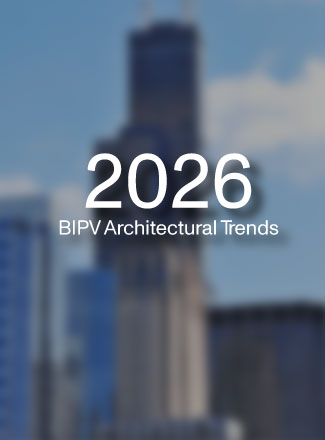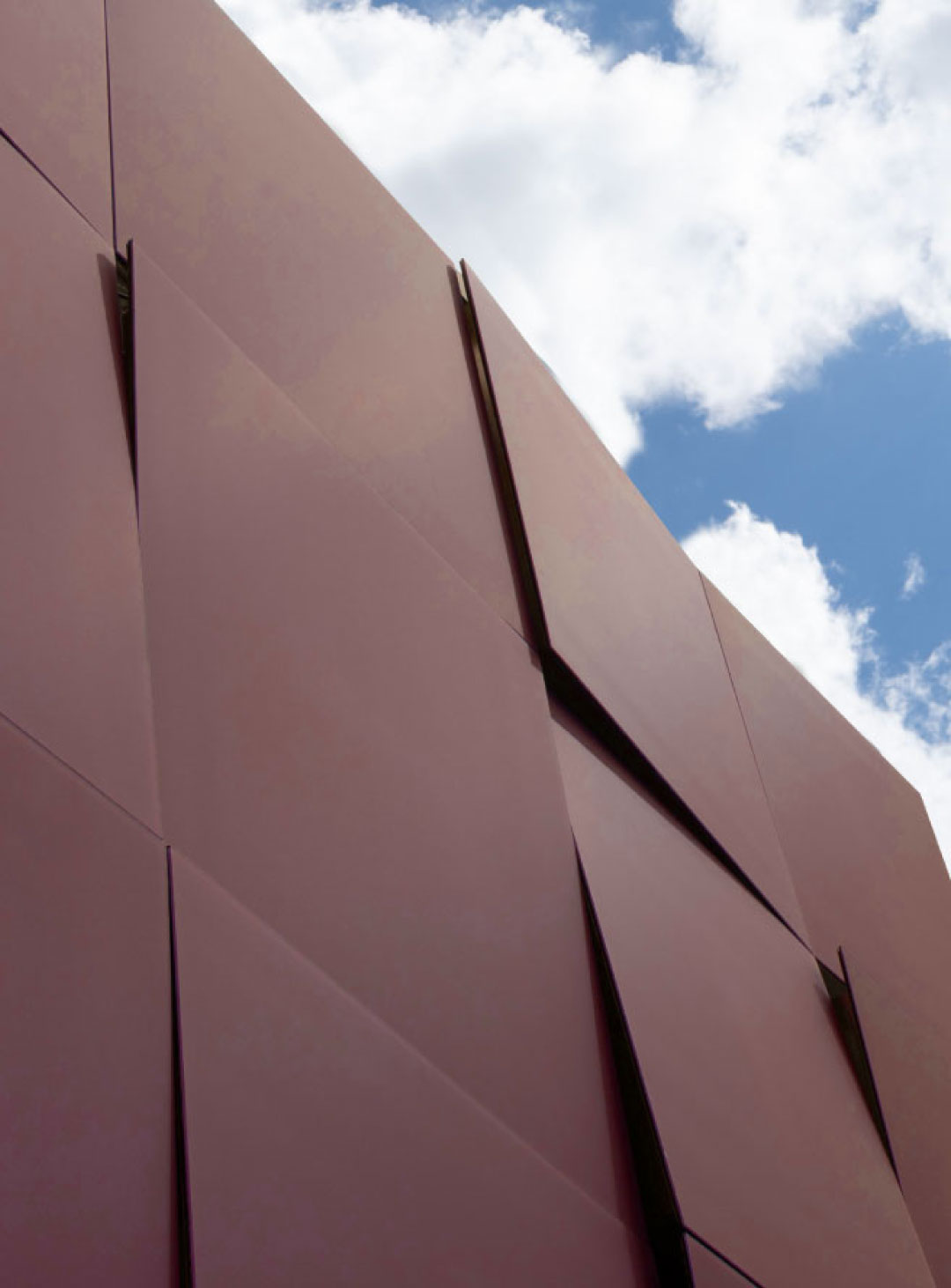
BIPV
July 21, 2023

Building Integrated Photovoltaics (BIPV) represents a groundbreaking approach to sustainable energy solutions by seamlessly integrating solar power into the design and construction of buildings. BIPV systems offer numerous benefits, including energy generation, aesthetic appeal, and environmental sustainability. In this blog, we will explore the design considerations and applications of integrated solar technology, highlighting the key factors to consider and the diverse range of possibilities it offers.
One of the primary considerations when incorporating BIPV is the seamless integration with architectural design. Building Integrated Photovoltaics allows solar panels to become an integral part of the building, merging functionality with aesthetics. Architects and designers must consider the visual impact, panel orientation, and placement to ensure a cohesive and visually appealing integration of this technology within the overall building design.
Choosing the right materials for BIPV integration is crucial for performance and aesthetics. Solar panels can be integrated into various building components, such as facades or railings. The selection of suitable solutions should align with the design requirements, energy generation goals, and durability considerations.
To maximize energy generation, BIPV systems should be designed to capture the maximum amount of sunlight. This involves careful consideration of the building's orientation, shading analysis, and site-specific factors. Proper solar orientation and shading analysis help identify potential obstructions that may hinder solar energy production and enable the positioning of panels for optimal sunlight exposure throughout the day.
Building Integrated Photovoltaics offer design flexibility, allowing customization to meet specific project requirements. Solar panels can be designed in various shapes, sizes, and colors, enabling architects and designers to create unique and visually appealing installations. Customizable integrated solar solutions provide opportunities for creativity and integration into a wide range of architectural styles, from residential homes to commercial buildings.
Implementing integrated solar technology requires a comprehensive performance monitoring and maintenance plan. Regular monitoring ensures that the system is operating efficiently and generating the expected amount of electricity. Maintenance considerations include panel cleaning, inspection for damage or malfunctions, and timely repairs or replacements to maximize the system's lifespan and performance.
Integrated solar technology finds applications across various building types and components:
Building Integrated Photovoltaics (BIPV) presents a transformative approach to sustainable energy generation by seamlessly integrating solar power into the design and construction of buildings. Careful consideration of architectural design, material selection, solar orientation, and maintenance is vital for successful integration. With its customizability, design flexibility, and diverse applications, integrated solar technology offers architects, designers, and building owners the opportunity to combine functionality, aesthetics, and environmental sustainability. By embracing BIPV, we can shape a greener future where buildings not only consume energy but also contribute to its generation and conservation.
News & Articles

Mitrex BIPV is engineered to match—and exceed—the lifespan of high-performance building envelope systems, delivering structural durability, long-term energy output, and measurable sustainability benefits. This article outlines the testing, certifications, and warranties behind solar facades designed to perform for decades across global climates and project types.

Mitrex BIPV is engineered to match—and exceed—the lifespan of high-performance building envelope systems, delivering structural durability, long-term energy output, and measurable sustainability benefits. This article outlines the testing, certifications, and warranties behind solar facades designed to perform for decades across global climates and project types.

Design-driven solar façades are the future—and in 2026, building-integrated photovoltaics (BIPV) must meet high architectural standards as well as performance benchmarks. This blog highlights five architectural design trends that are shaping next-generation BIPV applications and how Mitrex products—from custom murals to landmark towers—are making them a reality.

Design-driven solar façades are the future—and in 2026, building-integrated photovoltaics (BIPV) must meet high architectural standards as well as performance benchmarks. This blog highlights five architectural design trends that are shaping next-generation BIPV applications and how Mitrex products—from custom murals to landmark towers—are making them a reality.

This blog introduces eFacade TILT, Mitrex’s newest BIPV product that blends solar generation with architectural depth. Featuring tilted modules, 23 available colours, and seamless rainscreen system integration, TILT transforms flat walls into high-performance, three-dimensional assets.

This blog introduces eFacade TILT, Mitrex’s newest BIPV product that blends solar generation with architectural depth. Featuring tilted modules, 23 available colours, and seamless rainscreen system integration, TILT transforms flat walls into high-performance, three-dimensional assets.